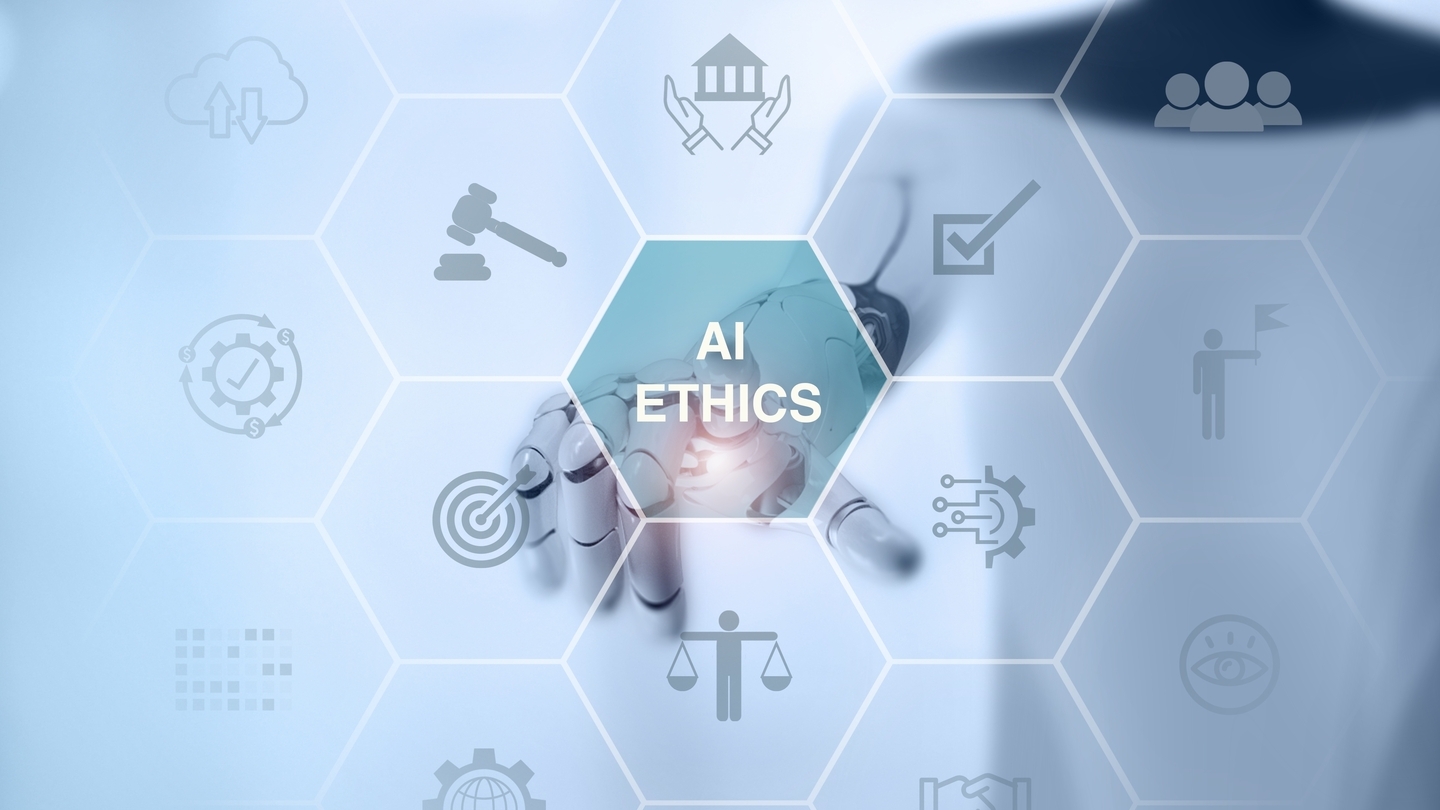Brazil’s largest broadcaster, Globo, will be introducing the TV 3.0 platform across the country in 2025. This next-generation platform is not simply about remaining competitive with streaming giants - it’s about redefining the viewer experience. John Maxwell Hobbs reports.
Carlos Octavio, Director of Corporate Strategy and Architecture at Globo, describes TV 3.0 as a transformative vision that combines the strengths of traditional broadcast television with the advanced features of digital streaming. He emphasises that TV 3.0 is not just about higher-quality video and immersive audio - it’s about fundamentally enhancing the viewer experience by integrating personalisation, interactivity, and dynamic content management. Octavio has been with Globo for 24 years, starting in IT, and working across various roles related to architecture, infrastructure, and applications. Currently, he is responsible for strategy, data governance, and partnerships and describes himself as an ‘orchestrator’ of the company’s TV 3.0 strategy.
Octavio explains that TV 3.0 aims to deliver a seamless hybrid model, where the line between broadcast and streaming is blurred. “The viewer won’t have to think about whether they are consuming content through broadcast or streaming,” he says. Instead, the focus is on providing a high degree of personalisation by knowing who is watching and delivering content tailored to their preferences, even enabling advanced features like dynamic ad insertion (DAI)...
You are not signed in.
Only registered users can view this article.

Contribution technology: Streaming protocols and the need for orchestration
As broadcasters seek to provide more content with fewer resources, they are looking to IP streaming protocols within the production and contribution part of the workflow to deliver efficiencies.
.jpg)
Playout: Is full cloud migration really cost-effective?
Playout was one of the earliest broadcast functions to embrace the cloud, but cloud-based playout is still far from universal. The economic case for different technological solutions is still evolving.

Virtually untethered: V-Nova replicates game-like freedom for XR video
Volumetric video may hold the promise of revolutionising the way we consume live concerts and other events, but it could also transform consumption and interaction with pre-rendered video.

Finding our ethical true north on AI: Part II
Part two of our insight into AI ethics and regulation continues with observations on industry efforts around standards and best practices, and why human impact should be the guiding force. James McKeown reports.
/Source - shutterstock_2464837145 (1).jpg)
Digital Catapult: AI innovations to supercharge the creative industries
Accelerated VFX workflows, video game characters you can converse with, and auto-generated visual experiences from sound for XR headsets are just some of the AI innovations devised by start-ups as part of a recent Digital Catapult programme. Adrian Pennington reports.





